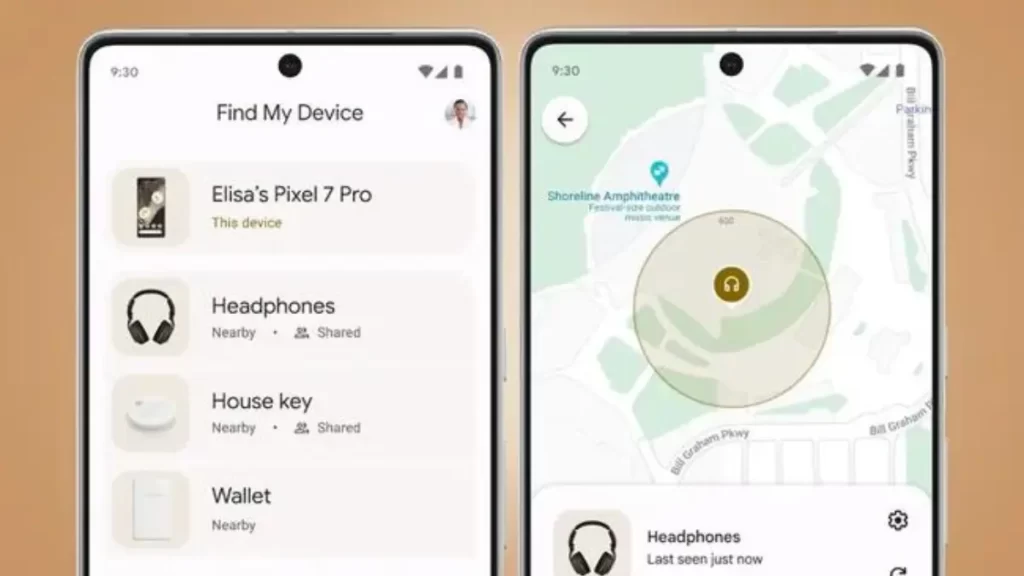Good news for Android users who frequently misplace their phones! Google is finally launching its “Find My Device” network, a feature similar to Apple’s AirTag network, that helps locate lost devices.
This network leverages the vast number of Android devices out there. When a device is marked as missing, other Android phones nearby (with the user’s permission) can anonymously use Bluetooth to detect the missing device’s signal, even if it’s switched off. This helps pinpoint its location on a map.
The Launch Delay
The launch was originally planned for earlier, but Google and Apple collaborated to create industry-wide standards to prevent misuse of this location technology. This delay ensured the network wouldn’t be exploited for malicious tracking, a concern raised after Apple launched AirTags in 2021.
What to Expect
Recent signs pointed towards an imminent launch. Beta testers of Google Play Services noticed settings related to the Find My Device network, suggesting it was close. Google also sent emails to some users confirming the launch within “three days,” possibly on April 7th or 8th.
Opting Out
If you’re concerned about privacy, you can opt out of the network before launch through the Find My Device website. However, the option might not be available to all users yet.
Overall, this launch offers Android users a valuable tool to track down lost devices, enhancing security and peace of mind.
